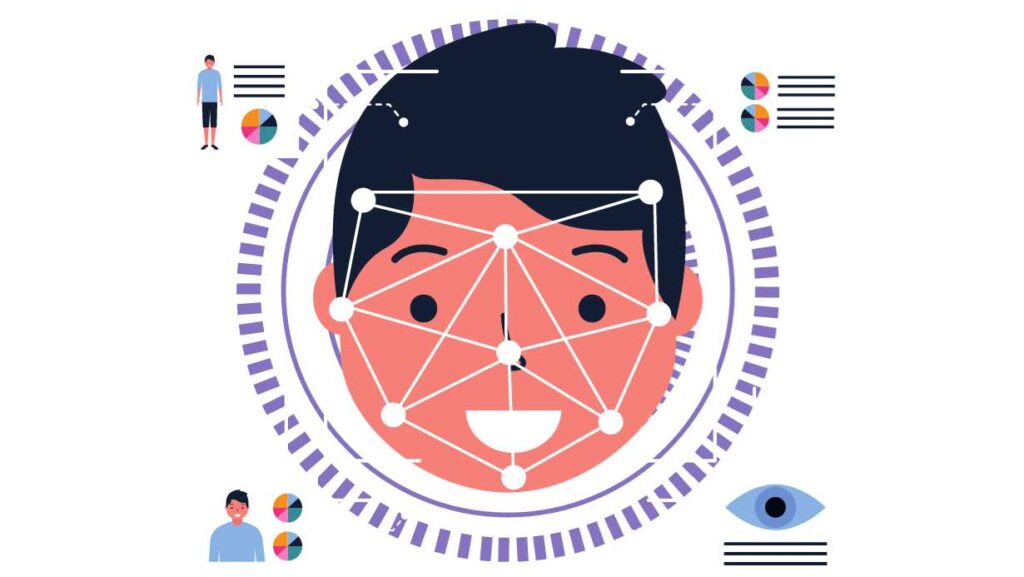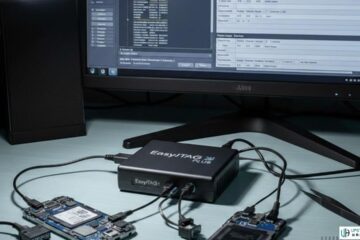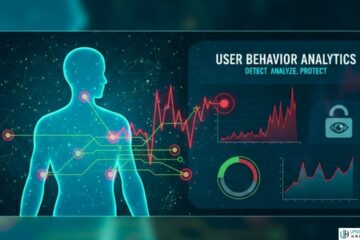Safety and security are paramount when we travel by air. In today’s tech-driven age, agencies like the Transportation Security Administration (TSA) use advanced systems to verify passenger identity and ensure protection. One such innovation is Credential Authentication Technology (CAT), revolutionizing the airport experience.
The Rise of Credential Authentication Technology in Airports
The TSA employs Credential Authentication Technology (CAT) in about 120 U.S. airports. It confirms IDs, displays flight details, and verifies Secure Flight pre-screening status. CAT machines make the security process smoother by reducing physical contact and checking credentials electronically.
There are two types of CAT systems: CAT-1 and CAT-2. CAT-1 scans the barcode on your boarding pass and ID, confirming your identity and flight details on the monitor. CAT-2 goes further, taking a live photo of you and matching it to the one on your ID.
With CAT now standard in over 120 U.S. airports, it’s clear technology is reshaping travel security. But how does this system mesh with the latest biometric advances? Let’s explore.
The Role of Biometrics and Age Verification Systems in Modern Travel Security
The new CAT 2, along with advanced age verification systems, performs a 1:1 face match, definitively confirming that the live photo matches the one on the ID. This integration of biometrics and age verification adds an extra layer of security, strengthening the overall verification process.
CAT-2 seamlessly snaps a real-time photo, swiftly running it through an algorithm to meticulously compare it with the ID photo. This sophisticated biometric check, combined with age verification systems, offers a touchless, highly efficient alternative to manual identity checks. Once a match is confirmed, CAT, in collaboration with age verification systems, promptly displays the traveler’s flight status and other essential verifications.
The seamless integration of biometrics and age verification systems in CAT showcases the future of travel verification. But as we transition from physical to digital, it’s imperative to understand how these systems are adapting and what it means for travelers.
Digital Identification: The Future of Travel Verification
TSA’s CAT system links electronically to the Secure Flight database, confirming flight details and displaying pre-screening statuses like TSA PreCheck®. This ensures a seamless passenger experience.

Moreover, CAT machines can now read mobile driver’s licenses and digital IDs. These are gaining popularity as replacements for physical IDs. States like Arizona, Iowa, and Maryland allow digital driver’s licenses to be scanned at CAT security checkpoints.
The merging of CAT with digital databases like Secure Flight highlights the seamless integration of technology in travel. However, with such progress comes concerns about data privacy and security. How does the TSA address these concerns, and what rights do travelers have?
Data Privacy and Security Concerns
With the increased use of technology like biometrics and digital IDs, valid concerns arise regarding data privacy and security. How does the TSA ensure our personal information stays protected when using CAT systems?
The TSA treats data protection with the utmost seriousness and has implemented several safeguards:
- No retention of personal data: The CAT system immediately overwrites each photo after identity verification. There is no permanent storage of passenger photos or information.
- Regular memory wiping: CAT machines have their memory erased and wiped clean regularly to remove any temporary files.
- Encrypted data transmission: Any data sent from the CAT machine to TSA databases is encrypted to prevent interception or hacking.
- Controlled machine access: Only authorized TSA personnel can access the CAT system and its data. Strict protocols prevent unauthorized access.
- Voluntary participation: Passengers can choose to opt out of the biometric face match at any time and undergo manual identity verification instead.
- Data privacy impact assessments: The TSA conducts thorough assessments to identify and mitigate privacy risks in CAT technology.
- Traveler redress: Passengers can submit a complaint to the DHS Traveler Redress Inquiry Program if they believe their information was used inappropriately.
- Oversight: Independent government bodies like the DHS Privacy Office monitor TSA’s privacy practices.
With measures like encryption, access controls, and immediate data deletion, the chance of a passenger’s personal information being compromised is very low. However, staying vigilant and knowing your options to opt out remains important.
Conclusion
CAT technology has digitally transformed airport security checkpoints through instant ID verification and biometric facial recognition. While embracing these innovations for seamless and secure travel, it’s equally important to protect passenger privacy. With transparency and consent woven into the process, these systems seem poised to strike a fine balance between security and individual rights.
As CAT machines become more widespread, travelers are set to benefit from faster security screening. However, they must also familiarize themselves with the technology and exercise their right to opt out if necessary. With the aviation industry placing equal importance on safety and privacy, the future of air travel looks bright.
FAQs

What is Credential Authentication Technology (CAT) and how does it work?
Credential Authentication Technology (CAT) is an innovative system used by the Transportation Security Administration (TSA) to verify passenger identity. CAT machines read the barcode on your boarding pass and ID, and in advanced versions (CAT-2), they capture a live photo for biometric verification.
How does biometric verification enhance travel security?
Biometric verification, such as facial recognition in CAT-2, provides a definitive way to confirm a traveler’s identity, adding an extra layer of security beyond traditional ID checks.
How does CAT technology integrate with digital identification?
CAT systems can now read mobile driver’s licenses and digital IDs, which are gaining popularity as replacements for physical IDs. This seamless integration allows for a more efficient passenger experience.
What safeguards are in place to protect passenger data privacy?
The TSA has implemented strict measures, including immediate data overwriting, regular memory wiping, encrypted data transmission, controlled machine access, and the option for passengers to opt out of biometric face matching.
Can passengers choose not to participate in the biometric face match process?
Yes, passengers have the right to opt out of the biometric face match at any time and undergo manual identity verification instead.
How does CAT technology contribute to expedited security screening?
CAT technology streamlines the security process by reducing physical contact and verifying credentials electronically, leading to faster and more efficient security checks.
See Also: Predictive Dialing vs Manual Dialing: Which Is More Efficient?










